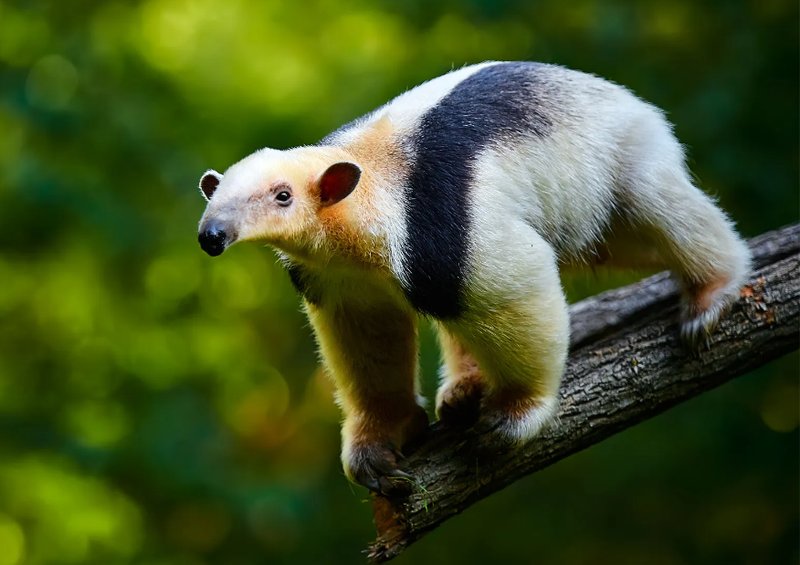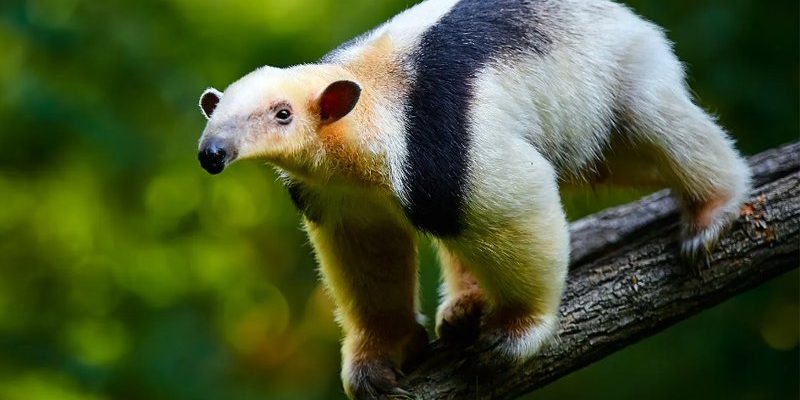
Imagine you’re an anteater, wandering through the forests or grasslands of Central and South America. Your mission? To find and devour your favorite food. But instead of just munching on whatever you can find, you have to think about your hunting strategies and what it takes to make the most of your dinner. In this article, we’ll explore the diet and hunting strategies of the anteater, breaking down how these quirky creatures manage to thrive.
What Do Anteaters Eat?
Anteaters primarily feast on ants and termites, making them specialized insectivores. You could think of them as nature’s vacuum cleaners, efficiently consuming vast quantities of these tiny critters. In fact, an anteater can eat up to 30,000 insects in a single day! That’s like a human eating several pizzas—if those pizzas were made exclusively of ants.
While ants are the main course, anteaters can also nibble on other insects or larvae when they come across them. If you’re wondering why they don’t diversify their menu, that’s because their long, sticky tongues are perfectly designed for slurping up ants and termites, but less effective for tackling other foods. Plus, their specialized digestive systems are geared towards breaking down the tough exoskeletons of these insects. Here’s a fun fact: anteaters don’t have teeth! Instead, they rely on their strong jaws and grinding action to crush their food.
Hunting Techniques of Anteaters
When it comes to hunting, anteaters have a few clever tricks up their sleeves. First off, they’re equipped with powerful front claws, perfect for digging into ant hills or termite mounds. If you’ve ever tried to dig into a hard surface, you know it’s not easy. But anteaters, with their strong claws, can easily break through tough places where ants reside.
Once an anteater has found a promising mound, it will use its sense of smell to locate the hidden nests of ants or termites. Their sense of smell is incredibly sharp, which helps them narrow down where to dig. And let’s not forget about their tongue, which can be up to 16 inches long! With such a remarkable tool, they can reach deep into tunnels to snag insects that are hiding.
You might be wondering why anteaters don’t rely on speed or agility to catch their food. It’s because they’re not built for speed. Instead, their hunting strategy is all about patience and persistence. They take their time, digging and slurping until they’ve had their fill.
Foraging Habits
Anteaters are mostly solitary animals, which means they don’t hunt in packs like wolves or lions. Instead, they wander around in search of food, which is a pretty quiet and stealthy affair. During the day, anteaters are often found foraging in grasslands, forests, or savannahs, where they can rely on their keen sense of smell to sniff out their favorite snacks.
Once they locate a potential food source, they typically spend a good amount of time foraging that area. It’s a bit like wandering through a buffet until you find just the right dish. Anteaters can spend hours working on a single ant mound, making sure they get as much food as possible. This methodical approach allows them to be efficient eaters.
Interestingly, anteaters also have a unique adaptation that lowers the risk of exposure while foraging. They often walk on their knuckles to protect their claws, which helps to keep them sharp for digging. It’s like they have built-in footwear designed for their specific hunting lifestyle.
Dietary Needs and Nutritional Requirements
Like any creature, anteaters have specific dietary needs to stay healthy. Their diet of ants and termites is high in protein but low in fat, which is ideal for their lifestyle. Because they don’t consume much energy-boosting food, anteaters often have to eat a lot to meet their nutritional needs. This is why they can spend those hours foraging—we’re not talking about a quick snack here; it’s a full-on feast!
Despite their high protein diet, anteaters have low metabolic rates. This means that they don’t need to eat as frequently as you might think. In fact, they can go several days without food if they have to. It’s a bit like those rare days when you can skip breakfast and lunch, and still feel okay (though probably not for long!).
Another interesting point is the role of their digestive system. Anteaters have a long, muscular stomach that helps break down the tough exoskeletons of ants and termites. They also have a special gland that secretes enzymes to aid digestion, ensuring they get the maximum nutrition from their food.
Challenges in the Wild
Despite their impressive adaptations, anteaters face various challenges in the wild. Habitat loss due to deforestation and human expansion is one of the biggest threats they encounter. Many anteaters find their homes dwindling as forests are cut down for agriculture or urban development. With fewer trees, there are fewer places to find the ants and termites they rely on.
Predators can also pose a threat. Young anteaters are particularly vulnerable to animals like jaguars and large birds of prey. While adult anteaters are relatively safe due to their size and armor-like skin, there’s always a risk.
Additionally, anteaters can suffer from malnutrition if their food sources are disrupted. Without a steady supply of ants, they won’t thrive. This makes it even more crucial to protect their habitats and the environments where they live.
The anteater is a master of foraging, with its unique diet and hunting strategies that revolve around ants and termites. From its powerful claws and long tongue to its methodical approach to hunting, the anteater has evolved perfectly for its quirky lifestyle. As we’ve seen, these fascinating creatures face significant challenges in the wild, making it crucial to maintain their habitats and ensure their survival.
So, next time you think about anteaters, remember that they’re more than just cute animals with long snouts. They play a vital role in their ecosystems, helping to keep ant and termite populations in check while showcasing nature’s ingenuity.

